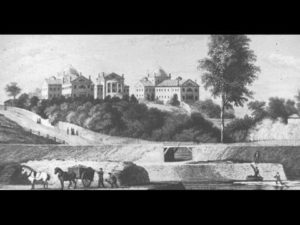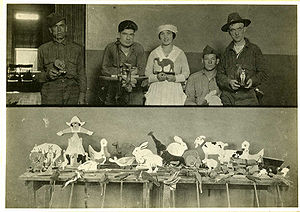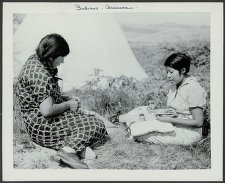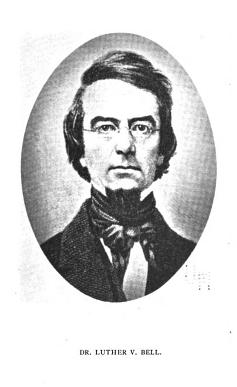Work was considered essential for patients’ well-being and cure in insane asylums. For patients to get well, they needed peace, an unvarying routine, and light tasks that would occupy their minds. Though much of patients’ work helped the institution itself by defraying labor expenses, most superintendents also believed in its therapeutic value.
Often, patients could work on projects they actually enjoyed, and sometimes earn money from them. Since a goal of treatment was to enable an individual to rejoin society, working for money was not discouraged. At the McLean Asylum, women did plain sewing, but also fancy work that they sold. At the Canton Asylum for Insane Indians, female patients did beadwork for money. A man named M. B. Viken wrote to Dr. Hummer in 1927 to ask if he could get a beaded belt that he had bought at the asylum years earlier, repaired. By that time, however, Hummer had no occupational therapy at the asylum other than chores. He sent regrets that he could not accommodate the request.
______________________________________________________________________________________



